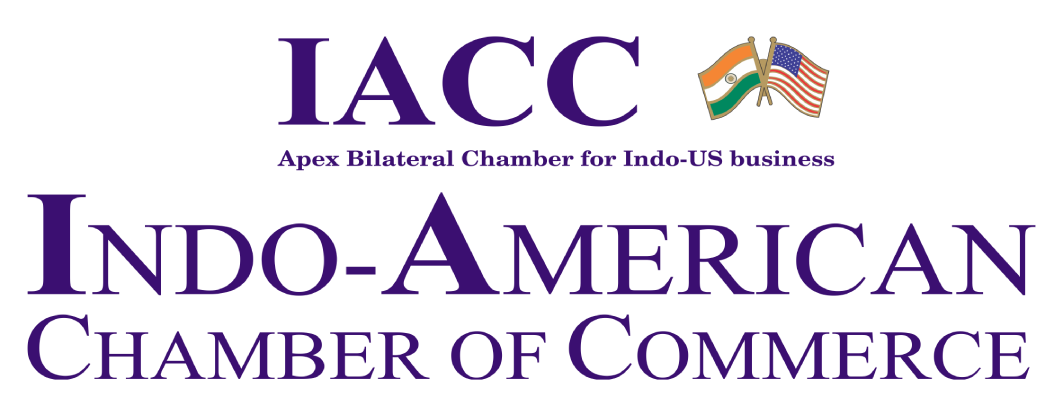[et_pb_section bb_built=”1″ fullwidth=”off” specialty=”off” _builder_version=”3.0.63″ background_image=”https://www.iaccindia.com/wp-content/uploads/2017/07/Elegant_Background-4.jpg” custom_padding=”0px||0px|” parallax_method=”off” background_size=”initial” background_position=”top_center” parallax=”on”][et_pb_row _builder_version=”3.0.63″ background_position_1=”top_left” background_repeat_1=”no-repeat” custom_padding=”||0px|” make_fullwidth=”on” use_custom_gutter=”on” gutter_width=”1″][et_pb_column type=”4_4″][et_pb_text admin_label=”Page Title” _builder_version=”3.0.71″ background_layout=”light” text_orientation=”left” border_style=”solid” module_class=”iacc-pagewidth iacc-header-row”]
Attractiveness
[/et_pb_text][et_pb_code admin_label=”Breadcrumbs” _builder_version=”3.0.63″ custom_css_main_element=”background-color: rgba(0,0,0,0.35);||padding: 8px 0;” module_class=”iacc-breadcrumb”]<div class="iacc-pagewidth">Home > </div>[/et_pb_code][/et_pb_column][/et_pb_row][/et_pb_section][et_pb_section bb_built=”1″ fullwidth=”off” specialty=”on” _builder_version=”3.0.63″ background_position_1=”top_left” background_repeat_1=”no-repeat” background_position_2=”top_left” background_repeat_2=”no-repeat” use_custom_gutter=”on” gutter_width=”2″ background_color=”#f2f2f2″ padding_top_1=”0px” padding_top_2=”0px” module_class=”iacc_last_section”][et_pb_column type=”3_4″ specialty_columns=”3″][et_pb_row_inner _builder_version=”3.0.63″ background_position_1=”top_left” background_repeat_1=”no-repeat” custom_padding=”0px|||”][et_pb_column_inner type=”4_4″ saved_specialty_column_type=”3_4″][et_pb_text _builder_version=”3.0.71″ background_layout=”light” text_orientation=”left” border_style=”solid”]
Location
Kerala is strategically located on the trans-national trade corridor connecting Europe and the Far East. The long coastline stretching nearly 600 km passes through 9 of the 14 districts and is dotted with a string of ports and beaches. The 44 rivers in the state provide a perennial source of water to both domestic and industrial consumption. Abode of over 25% of the Indian plant species, the rich bio-diversity also happens to be the home for plantation crops like tea, coffee, rubber and spices like pepper, cardamom, etc. Some of the best hill resorts in the country are also located here. The entire state can be considered as one extended urban neighbourhood.
Easy Accessibility
Kerala has the reputation for easy accessibility with the best air, rail and road connectivity among other states of the Indian Union. The three international airports, at Thiruvananthapuram, Kochi and Kozhikode are the state’s access strips to the rest of the world. The Cochin Port, with container handling facility, is one of the most modern international seaports in the country, besides being one of the best natural harbours in the world. The wide network of roads and railways provide an excellent transport system within the state for passenger as well as goods traffic.
Human Resource
A long tradition of literacy and quality education is the core strength of Kerala. According to the 2001 census, Kerala’s literacy rate is 90.92 percent; well ahead of the national average of 65.38 percent. With several reputed universities and technical institutions like engineering colleges, institutes for information technology and management, research institutions, etc, Kerala has the densest cluster of Science & Technology personnel in the country. The large pool of educated and skilled human resource has substantial exposure to the best practices of global business requirements thereby providing the state with the right platform for social and economic growth.
Communication Network
Kerala provides high international connectivity and instant data transfer facilities. Investment bases such as Technopark even provide an in-campus dedicated satellite earth station offering global information links that are quite inexpensive. The state is one of the only two locations in India where both the optic fibre submarine cables SEA-ME-WE-3 and SAFE converge, giving superb global connectivity at unbelievably low rates. Besides these, Kerala has the highest tele-density and the highest penetration of optic fibre cable in the country. The state also comes across as the cell phone circle with the highest density in India, with an unparalleled connectivity across 70 different towns.
World Class Infrastructure
In order to promote the core competency areas of Kerala, dedicated sector-specific industrial parks are rapidly being set up across the State. These parks offer walk-in-and-manufacture environments with state-of-the-art infrastructure, thereby enabling a hassle-free start-up for industries in the state. Besides, Kerala is the only state in the country with a legislature for statutory Single Window Clearance in order to attract investments into the state.
Low Operating Costs
Compared to other competitive locations, start-up costs in the state are substantially low; almost as low as 75% in walk-in-and-manufacture environments like the Technopark and Infopark. Low starting salaries, along with low rentals, power, water and transport tariffs keep operating costs minimal for industrial units located in the state.
Most Advanced Society
The living standard of Keralites is very high when compared to the national level. With a population of about 30 million, the state is India’s most progressed society in terms of education, literacy and health. In fact, Kerala has the highest Physical Quality of Life Index (PQLI) in India and the highest Human Development Index. With highest literacy rate in country, highest life expectancy, least population growth, lowest infant mortality, Kerala, not surprisingly, has been adopted by the world bodies as a role model for developing countries.
[/et_pb_text][/et_pb_column_inner][/et_pb_row_inner][/et_pb_column][et_pb_column type=”1_4″][et_pb_sidebar _builder_version=”3.0.63″ area=”sidebar-main” orientation=”right” background_layout=”light” remove_border=”on” /][/et_pb_column][/et_pb_section]
